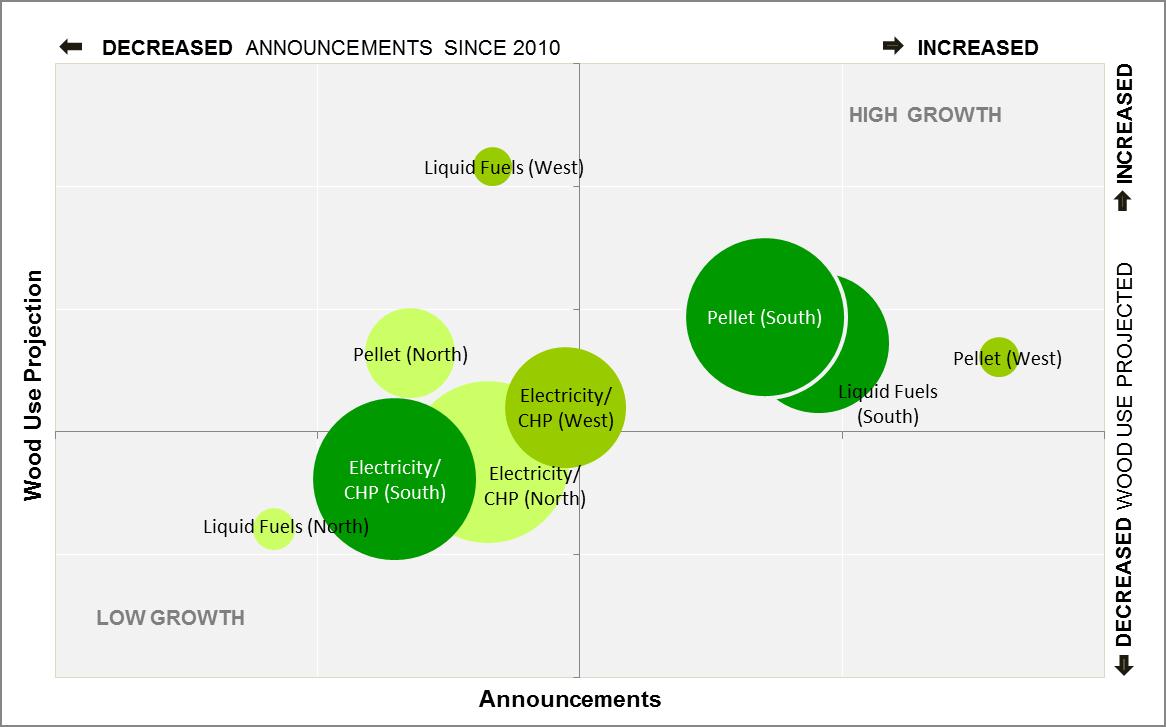This post summarizes research from the December 2012 edition of Wood Bioenergy US (WBUS).
In 1972, the Club of Rome commissioned The Limits to Growth, a book which explored the interaction between exponential growth and limited resources. The book concluded that the world would reach its limit within the next 100 years, resulting in a massive population decline and industrial capability. While criticized upon publication, key elements of the research – such as those associated with population growth and CO2 levels – held up, reinforcing historic relationships between resources and growing populations. However, the research may have understated the role played by prices and markets in allocating resources. Lessons from this research apply when evaluating the development of wood bioenergy markets. While market forces and policy decisions struggle to coexist, the actual growth of bioenergy relative to available resources can be understood. Wood bioenergy projects must successfully navigate logistic challenges and access to wood raw materials.
Forisk explored this theme by addressing three questions:
- Which wood bioenergy subsector in the U.S. demonstrates the fastest growth?
- Why?
- What “limits to growth” do we observe in this subsector, if any, looking forward?
Of the nine regional and technological subsectors evaluated, wood pellet project development in the South leads the United States. Of current pellet project announcements, 86% of total production by 2022 would be exported to European markets. However, the ability of U.S. firms and exporters to successfully produce wood pellets is limited by factors associated with port access and the economics of pulpwood markets. The WBUS feature article includes spatial analysis of announced projects relative to deep-water ports and state-by-state data for the South of expected pulpwood use by export-oriented pellet projects relative to forest industry pulp mills, OSB facilities and operating bioenergy plants.
WBUS Market Update: As of December 14, 2012, WBUS counts 455 announced and operating wood bioenergy projects in the U.S. with total, potential wood use of 129.4 million tons per year by 2022. Based on Forisk analysis, 298 projects representing potential wood use of 78.4 million tons per year pass basic viability screening. To download the free WBUS summary, click here.


Leave a Reply